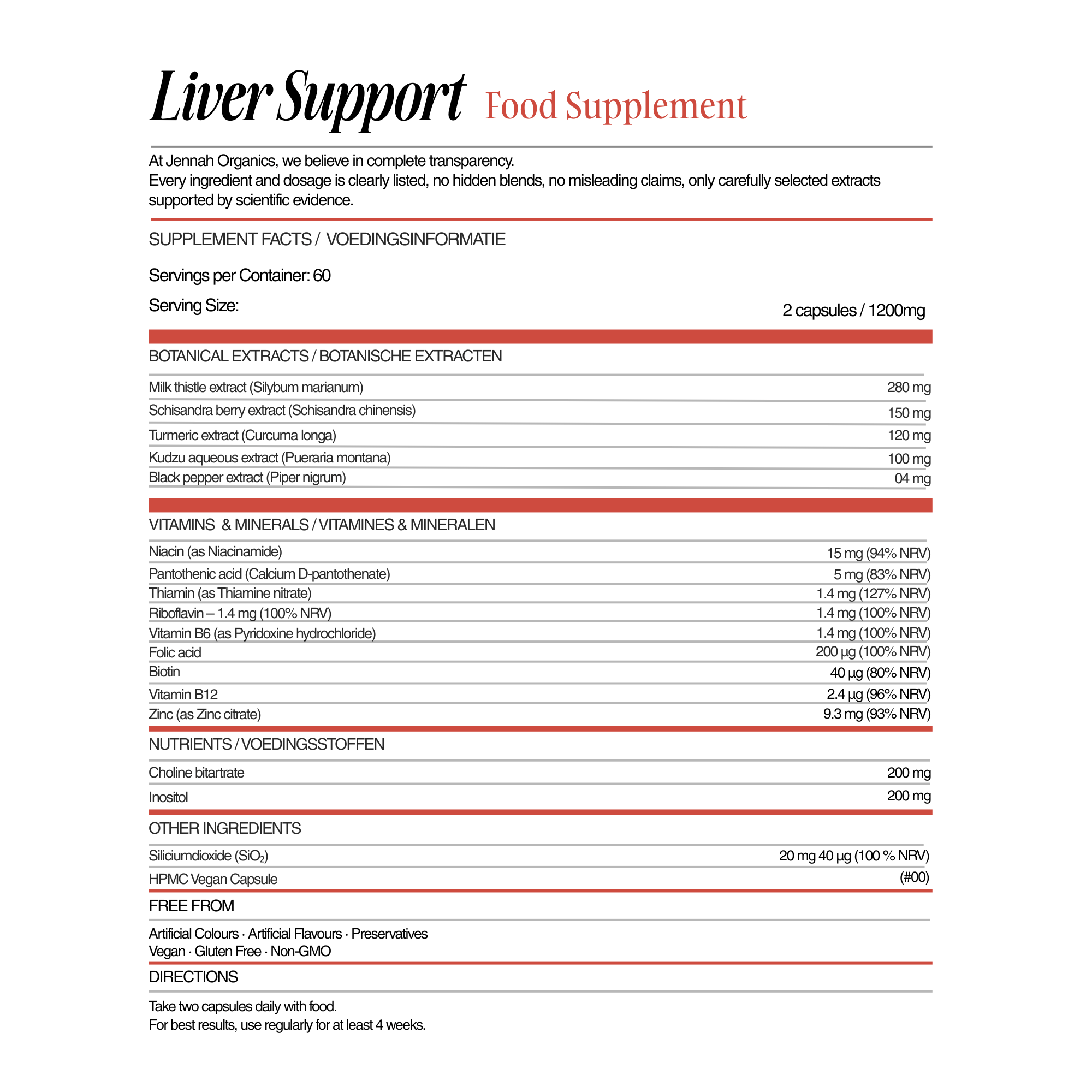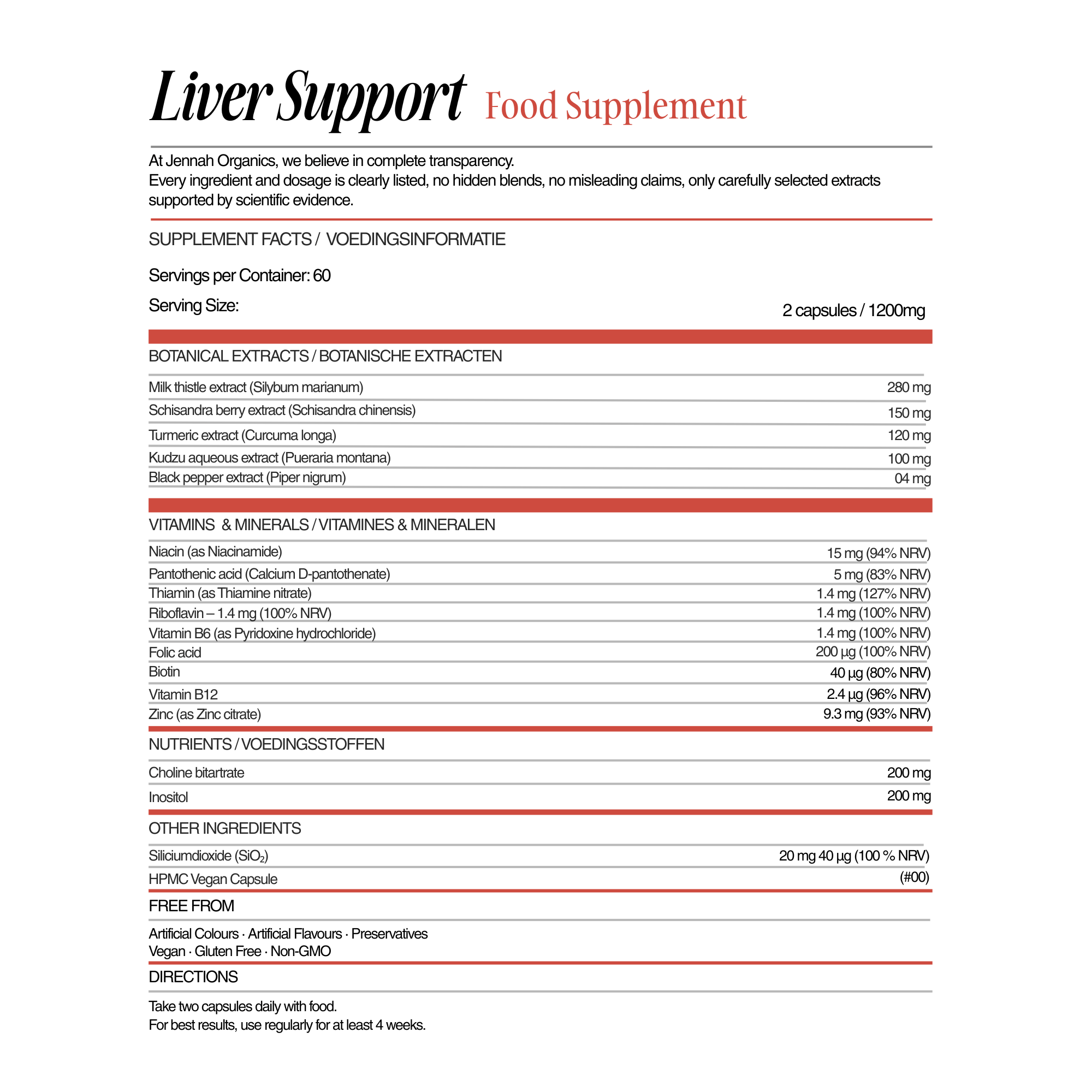Breaking Free From Emotional Eating Habits
In our fast-paced lives, we easily reach for a snack when we are stressed, upset or even bored. Emotional eating is a common habit that many of us...
BLACK FRIDAY IS LIVE - UP TO 70% OFF SITEWIDE!
 Flat Belly - Colon Detox
Flat Belly - Colon Detox
 Burn Boost - Natural Fat Burner
Burn Boost - Natural Fat Burner
 Hormone Support - Hormonal Weight Management
Hormone Support - Hormonal Weight Management
 Liver Support - Liver Detox
Liver Support - Liver Detox
 Crave Control - Keep Your Appetite Under Control
Crave Control - Keep Your Appetite Under Control
 Magic Magnesium - Relaxation, Brain Health & Rest
Magic Magnesium - Relaxation, Brain Health & Rest
 Hair Growth - For Longer Hair and Stronger Nails
Hair Growth - For Longer Hair and Stronger Nails
 Collagen Care - Anti-Wrinkle Natural Collagen
Collagen Care - Anti-Wrinkle Natural Collagen
 Collagen Care – Sample Pack (7x 8g Single Servings)
Collagen Care – Sample Pack (7x 8g Single Servings)
 Magic Magnesium - Sample Pack (7x 8g Single Servings)
Magic Magnesium - Sample Pack (7x 8g Single Servings)
 Slim & Bloat-Free Bundle
Slim & Bloat-Free Bundle
 Metabolism & Craving Reset
Metabolism & Craving Reset
 Glow Essence - Glowing Facial Serum with Vitamin C
Glow Essence - Glowing Facial Serum with Vitamin C
 Bloat & Detox Reset
Bloat & Detox Reset
 Oriental Oasis - Luxury Skin & Hair Oil with Argan Oil & Grape Seed Oil
Oriental Oasis - Luxury Skin & Hair Oil with Argan Oil & Grape Seed Oil
 Silk Shine - For Silky & Radiant Hair
Silk Shine - For Silky & Radiant Hair
 Ultimate Wellness Reset
Ultimate Wellness Reset
 Radiance & Hair Glow Duo
Radiance & Hair Glow Duo
 Anxiety & Cravings Fix
Anxiety & Cravings Fix
 Hormone Harmony Pack
Hormone Harmony Pack
 Stress & Calm Reset
Stress & Calm Reset
 Burn Boost - Natural Fat Burner
Burn Boost - Natural Fat Burner
 Hormone Support - Hormonal Weight Management
Hormone Support - Hormonal Weight Management
 Magic Magnesium - Relaxation, Brain Health & Rest
Magic Magnesium - Relaxation, Brain Health & Rest
 Hair Growth - For Longer Hair and Stronger Nails
Hair Growth - For Longer Hair and Stronger Nails
 Magic Magnesium - Sample Pack (7x 8g Single Servings)
Magic Magnesium - Sample Pack (7x 8g Single Servings)
 Bloat & Detox Reset
Bloat & Detox Reset
 Ultimate Wellness Reset
Ultimate Wellness Reset
 Anxiety & Cravings Fix
Anxiety & Cravings Fix
 Hormone Harmony Pack
Hormone Harmony Pack
 Stress & Calm Reset
Stress & Calm Reset
 Burn Boost - Natural Fat Burner
Burn Boost - Natural Fat Burner
 Hormone Support - Hormonal Weight Management
Hormone Support - Hormonal Weight Management
 Liver Support - Liver Detox
Liver Support - Liver Detox
 Magic Magnesium - Relaxation, Brain Health & Rest
Magic Magnesium - Relaxation, Brain Health & Rest
 Magic Magnesium - Sample Pack (7x 8g Single Servings)
Magic Magnesium - Sample Pack (7x 8g Single Servings)
 Metabolism & Craving Reset
Metabolism & Craving Reset
 Ultimate Wellness Reset
Ultimate Wellness Reset
 Anxiety & Cravings Fix
Anxiety & Cravings Fix
 Stress & Calm Reset
Stress & Calm Reset
 Hair Growth - For Longer Hair and Stronger Nails
Hair Growth - For Longer Hair and Stronger Nails
 Collagen Care - Anti-Wrinkle Natural Collagen
Collagen Care - Anti-Wrinkle Natural Collagen
 Collagen Care – Sample Pack (7x 8g Single Servings)
Collagen Care – Sample Pack (7x 8g Single Servings)
 Glow Essence - Glowing Facial Serum with Vitamin C
Glow Essence - Glowing Facial Serum with Vitamin C
 Oriental Oasis - Luxury Skin & Hair Oil with Argan Oil & Grape Seed Oil
Oriental Oasis - Luxury Skin & Hair Oil with Argan Oil & Grape Seed Oil
 Silk Shine - For Silky & Radiant Hair
Silk Shine - For Silky & Radiant Hair
 Radiance & Hair Glow Duo
Radiance & Hair Glow Duo
 Hormone Harmony Pack
Hormone Harmony Pack


Want to go to your dedicated store?
In our fast-paced lives, we easily reach for a snack when we are stressed, upset or even bored. Emotional eating is a common habit that many of us...

In our fast-paced lives, we easily reach for a snack when we are stressed, upset or even bored. Emotional eating is a common habit that many of us develop without realizing it. The connection between our emotions and eating habits can have a major impact on our overall well-being. In this blog we explore the concept of mindful eating and how it can help us break free from the cycle of emotional eating.
Understanding Emotional Eating:
Emotional eating occurs when we turn to food to cope with our feelings instead of addressing the cause of our emotions. It's like using a band-aid on a wound that needs stitching. Common triggers for emotional eating include stress, sadness, loneliness, or even happiness. Recognizing these triggers is the first step in breaking free from emotional eating.
The Impact of Emotional Eating:
Emotional eating can lead to unhealthy eating patterns, weight gain and a strained relationship with food. It is essential to understand that food is meant to nourish our bodies, not to serve as a solution to our emotional challenges.
Mindful Eating:
Mindful eating is a powerful tool that can help us become more aware of our eating habits, break away from emotional eating, and develop a healthier relationship with food. Here are some simple techniques to get you started:
Pause before you eat:
Take a moment to pause and ask yourself if you are really hungry or if you are eating in response to an emotion. If it's the latter, consider an alternative way to deal with your feelings, such as taking a walk or talking to a friend.
Use your senses:
Use your senses before you take a bite. Pay attention to the color, texture and smell of your food. By being present in that moment, you can savor every bite and become more aware of your body's hunger and satiety signals.
Eat without distractions:
Turn off the TV, put away your phone and focus on the food. When we eat without distractions, we are more attuned to our body's signals and less likely to overeat.
Listen to your body:
Pay attention to your body's hunger and satiety signals. Eat when you are hungry and stop when you are satisfied. It is important to distinguish between physical hunger and emotional hunger.
Keep a food diary:
Track your eating habits and write down emotions or situations that trigger emotional eating. This can help you recognize patterns and make conscious choices to deal with those triggers differently.
Breaking the cycle:
By incorporating these mindful eating techniques into your daily routine, you can begin to break free from your emotional eating habits. Remember it's a journey and progress takes time. Be patient with yourself, celebrate small victories, and gradually build a healthier relationship with food. Breaking free from emotional eating isn't just about changing what's on your plate, but about transforming your relationship with food for a happier, healthier person.
Detox + Weightloss
Daily Health
Your cart is currently empty.
Start Shopping

Order now for FREE delivery by: 09 November


Order now for FREE delivery by: 09 November












Never run out of product
Pause or cancel anytime
15% off every order, always.
Free shipping
Order now for FREE delivery by: 09 November















Never run out of product
Pause or cancel anytime
15% off every order, always.
Free shipping
Order now for FREE delivery by: 09 November














Never run out of product
Pause or cancel anytime
15% off every order, always.
Free shipping
Order now for FREE delivery by: 09 November